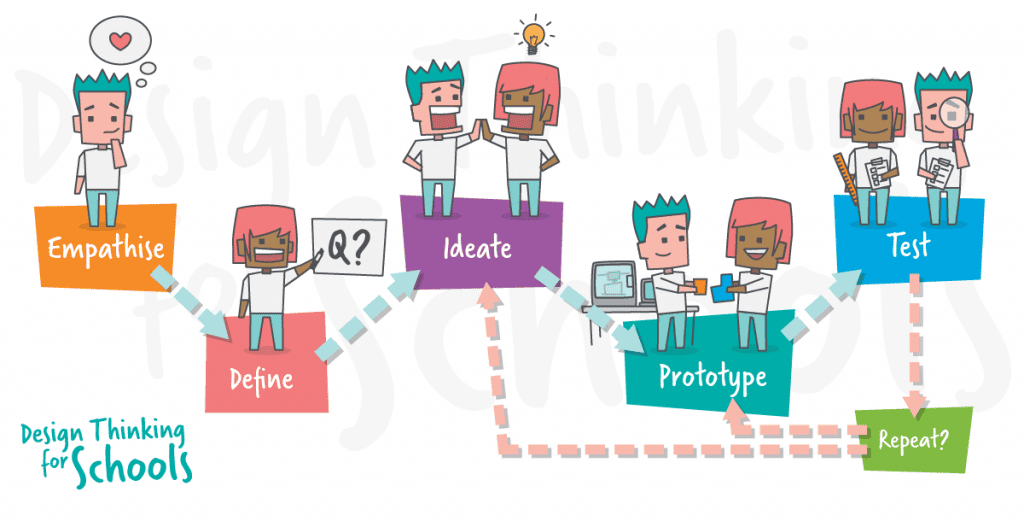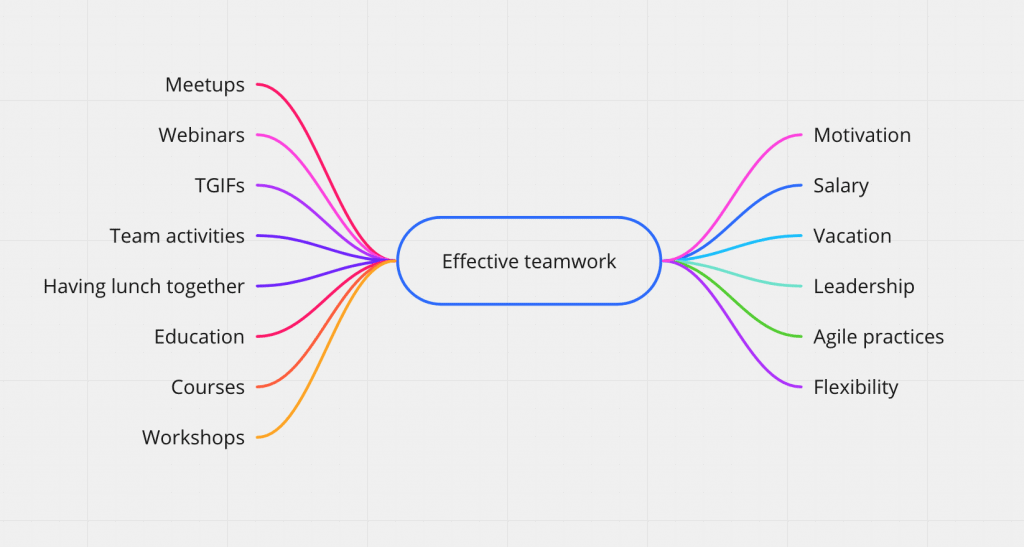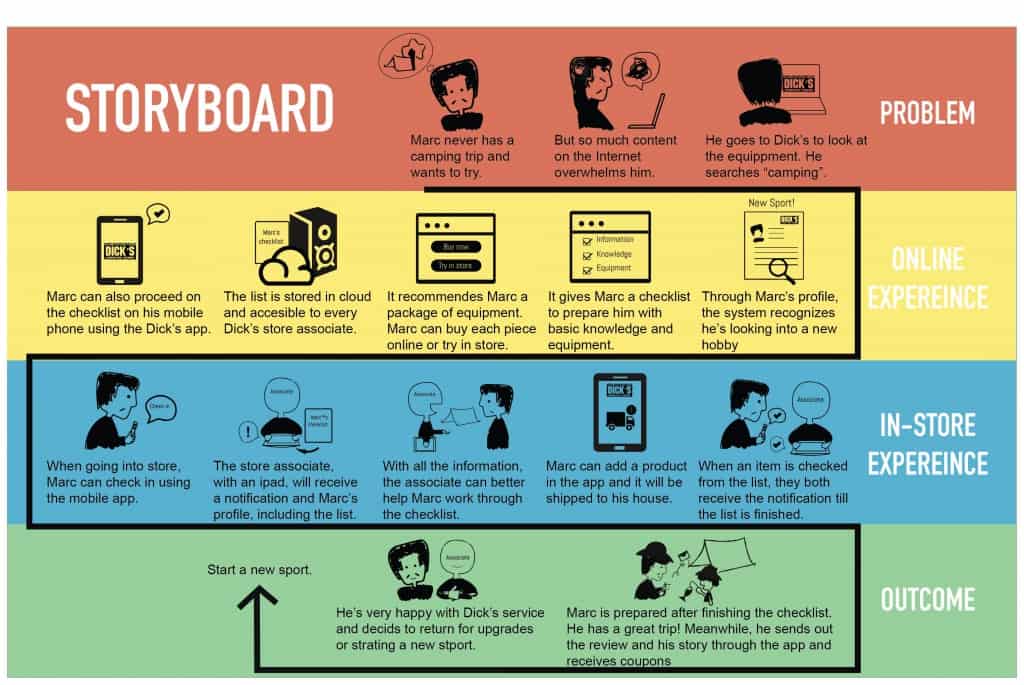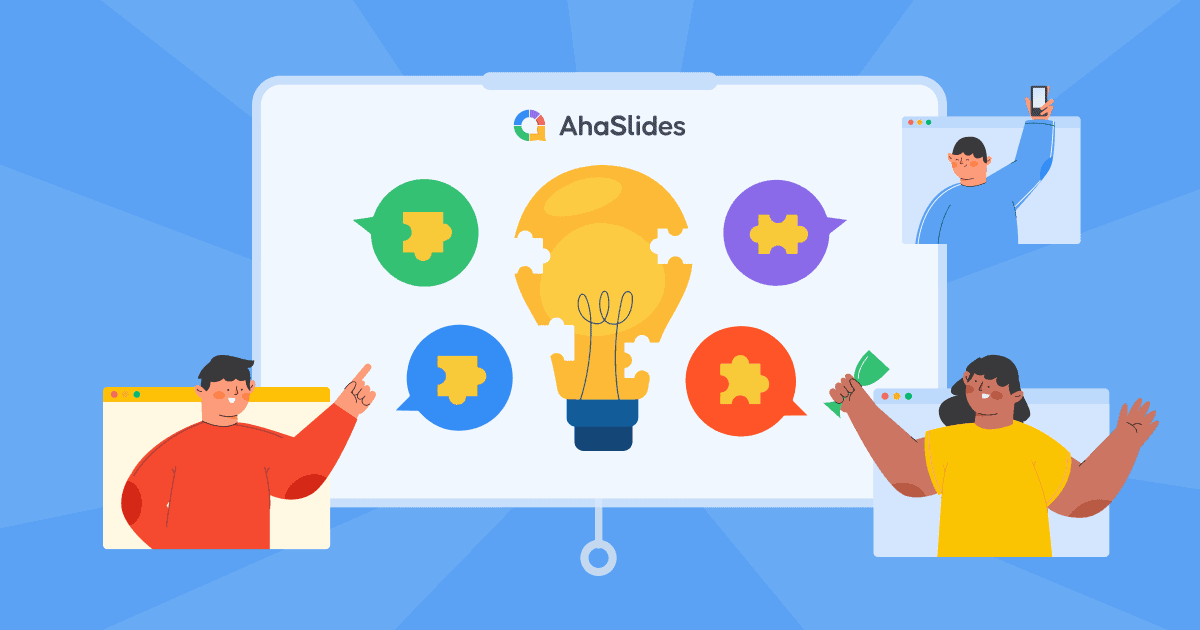Brainstorming is something we do quite often, normally with others. But not all of us get everything about group brainstorming, like how it works or how it benefits you, and it can end up with disorganised brainstorming sessions that lead to absolutely nowhere.
We’ve helped you a little bit by brainstorming all these things for you, check the best tips for better group brainstorming below!
Table of Contents
- Engagement Tips with AhaSlides
- Individual vs Group Brainstorming
- Pros and Cons of Brainstorming
- Brainstorming - Work vs School
- 10 Tips for Group Brainstorming
- 3 Alternatives to Brainstorming
Individual Brainstorming versus Group Brainstorming
Let’s take a look at the differences between individual and group brainstorming and find out which of them better meets your needs.
| Individual Brainstorming | Group Brainstorming |
| ✅ More freedom and private space to think. | ✅ More ideas to have pitched in. |
| ✅ Have more autonomy. | ✅ Can dig deeper into the ideas. |
| ✅ Don’t have to follow any team rules. | ✅ Makes all team members feel that they have contributed to the solution. |
| ✅ Don’t have to worry about other people’s opinions. | ✅ Can be fun and can connect team members/students. |
| ❌ Lack of wider and diverse experience. | ❌ Behavioural problems: some may be too shy to speak, and some may be too conservative to listen. |
Pros & Cons of Group Brainstorming
Group brainstorming is an old-but-gold group activity, which I bet all of us have done at least once in our lives. Still, it’s not for everyone, and there are many reasons why it receives love from some but thumbs down from others.
Pros ✅
- Allows your crew to think more freely and creatively - One of the aims of group brainstorming is to generate as many ideas as possible, so your team members or students are encouraged to come up with whatever they can. This way, they can get their creative juices flowing and let their brains go wild.
- Facilitates self-learning and better understanding - People need to do a bit of research before chipping in with their ideas, which helps them delve into the situation and understand it thoroughly.
- Encourages everyone to speak up and join the process - There should be no judgement in a group brainstorming session. The best sessions involve everyone, highlight everyone’s contributions and foster teamwork between each member.
- Enables your team to come up with more ideas in a shorter time - Well, this is pretty obvious, right? Brainstorming individually can be good sometimes, but more people means more suggestions, which can save you tons of time.
- Creates more well-rounded results - Group brainstorming brings different perspectives to the table, so, you can tackle the problem from different angles and choose the best solutions.
- Improves teamwork and bonding (sometimes!) - Group work helps connect your team or class and is a great way to tighten the bonds among members. As long as no serious conflicts take place 😅, your squad can enjoy the process together once they get the hang of it.
Cons ❌
- Not everyone actively takes part in brainstorming - Just because everyone is encouraged to join, it doesn’t mean that all of them are willing to do so. While some people are enthusiastic, others might keep silent and be tempted to treat it as a break from work.
- Some participants need more time to catch up - They might want to submit their own ideas but can’t digest the information quickly enough. Over time, this can lead to fewer and fewer ideas as each person learns to keep quiet. Check out these tips to turn the tables!
- Some participants might talk too much - It’s great to have enthusiastic peeps in the team, but sometimes, they might dominate the conversation and make others reluctant to speak up. Group brainstorming shouldn’t get one-sided, right?
- Takes time to plan and host - It may not be a really long discussion, but you still need to make a detailed plan and agenda beforehand to ensure it goes smoothly. This can be pretty time-consuming.
Group Brainstorming at Work vs at School
Group brainstorming can take place anywhere, in the classroom, a meeting room, your office, or even in a virtual brainstorming session. Most of us have done it in both our school and working lives, but have you ever stopped to think of the differences between the two?
Brainstorming at work is practical and more result-oriented as it aims to address the real problems that companies are facing. Meanwhile, in classes, it's likely to be a more academic or theoretical method that helps promote thinking skills and often focuses on a given topic, so the output generally doesn't pull as much weight.
Alongside that, the ideas gained from brainstorming at work can be applied to real problems, so the results are measurable. In contrast, it’s harder to turn ideas generated from class brainstorming into real actions and measure their effectiveness.
10 Tips for Group Brainstorming
It might be easy to gather people and start talking but making it a practical brainstorming session requires a bit more effort. Here is a list of things you should and shouldn’t do to ensure your group brainstorming is as smooth as butter.
To-do List 👍
- Lay out the problems - Before hosting a group brainstorming, you should define the problems you are trying to solve to avoid going nowhere and wasting your time. It helps the discussion stay on track.
- Give participants some time to prepare (optional) - Some people may prefer brainstorming spontaneously to trigger their creativity, but if your members struggle with thinking in a short period of time, try giving them the topic a few hours or a day before discussing it. They would be able to produce better ideas and feel more confident presenting them.
- Use icebreakers - Tell a story (even an embarrassing one) or host some fun games to warm up the atmosphere and excite your team. It can release stress and help people contribute better ideas.
- Ask open-ended questions - Hit the ground running with some intriguing questions that allow each person to say more about their thoughts. Your questions should be direct and specific, but you still need to make room for some explanation, instead of allowing people to give a plain yes or no.
- Suggest expanding the ideas - After somebody presents an idea, encourage them to develop it by giving examples, evidence or projected outcomes. The rest of the group can understand and evaluate their proposals better this way.
- Encourage debate - If you’re hosting a small group brainstorming, you can ask your group to (politely!) refute each other’s ideas to make sure they’re watertight. In class, this is a great way to enhance students’ critical thinking.
Not-to-do List 👎
- Don’t forget the agenda - It’s essential to have a clear plan and announce it publicly so that everyone can understand exactly what they’re going to do. Also, this helps you keep track of time and ensures nobody is lost during the session.
- Don’t extend the session - Long discussion is often draining and can create chances for people to focus on something other than the topic you’re trying to talk about. Keeping the group brainstorming short and effective is much better in this case.
- Don’t dismiss suggestions right away - Let people feel heard, instead of pouring cold water on their ideas immediately. Even if their suggestions are not amazing, you should say something nice to show you appreciate their effort.
- Don’t leave ideas everywhere - You’ve got heaps of ideas, but now what? Just leave it there and end the session? Well, you might, but it will take you more time to arrange everything by yourself or arrange another meeting to decide the next steps. Collect and visualise all the ideas then let the whole squad evaluate them together. The most traditional way is probably through a show of hands, but you can save your time and effort with the help of online tools.
Host a Group Brainstorm Session Online! 🧩️

3 Alternatives to Group Brainstorming
‘Ideation’ is a fancy term for coming up with ideas. People use ideation techniques to produce as many solutions to a problem as possible, and brainstorming is just one of those techniques.

If your team or class are pretty fed up with brainstorming and wants to do something ‘same same but different’, give these techniques a try 😉
#1: Mind Mapping
The well-known mind mapping process shows the links between the main topic and smaller categories, or a problem and feasible solutions. It’s a great way to visualise ideas in a big picture to see how everything connects with each other and what you’re going to do.

People use mindmaps while brainstorming quite often and they are a bit interchangeable. However, a mindmap can illustrate the relationship between your ideas, while brainstorming can simply be laying out (or saying out) everything in your mind, sometimes in a disorganised way.
#2: Storyboarding
A storyboard is a pictorial story to lay out your ideas and the outcomes (don’t worry about your lack of artistic talent 👩🎨). As it’s like a story with a plot, this method is good for defining processes. Creating a storyboard also lets your imagination fly, helping you to visualise everything and anticipate possible situations.
The best thing is that storyboarding can present every step so you don’t miss anything crucial when looking for solutions.
💡 Get more info about storyboarding here.

#3: Brainwriting
Another thing relating to our brains (everything does, though, really…) 🤓 Brainwriting is a strategy of producing and developing ideas, but instead of developing your own, you’re going to expand others’.
Here’s how:
- Lay out the problems or topics your crew needs to work on.
- Give all of them 5-10 minutes to think about it and write their ideas on pieces of paper, without saying anything.
- Each member passes the paper to the next person.
- Everyone reads the paper they just got and extends the ideas they like (not necessarily all the listed points). This step takes another 5 or 10 minutes.
- Collect all ideas and discuss them together.
This is an interesting technique to let your team or class communicate in silence. Group work often requires talking to others, which is sometimes a bit overwhelming for introverted people or even too much for talkative ones. So, brainwriting is something that might work well for all and one that still offers fruitful results.
💡 Find out more about brainwriting today!








